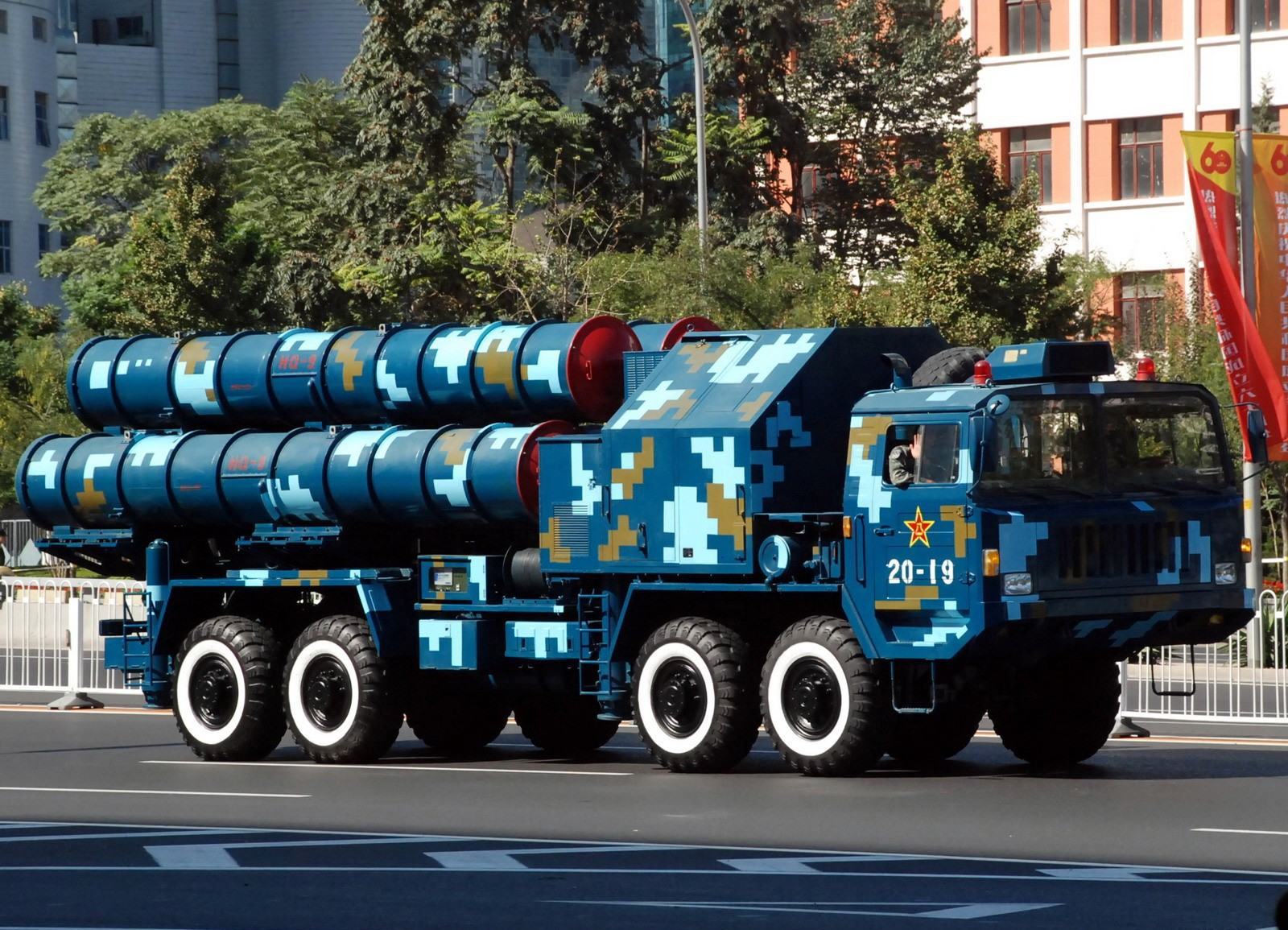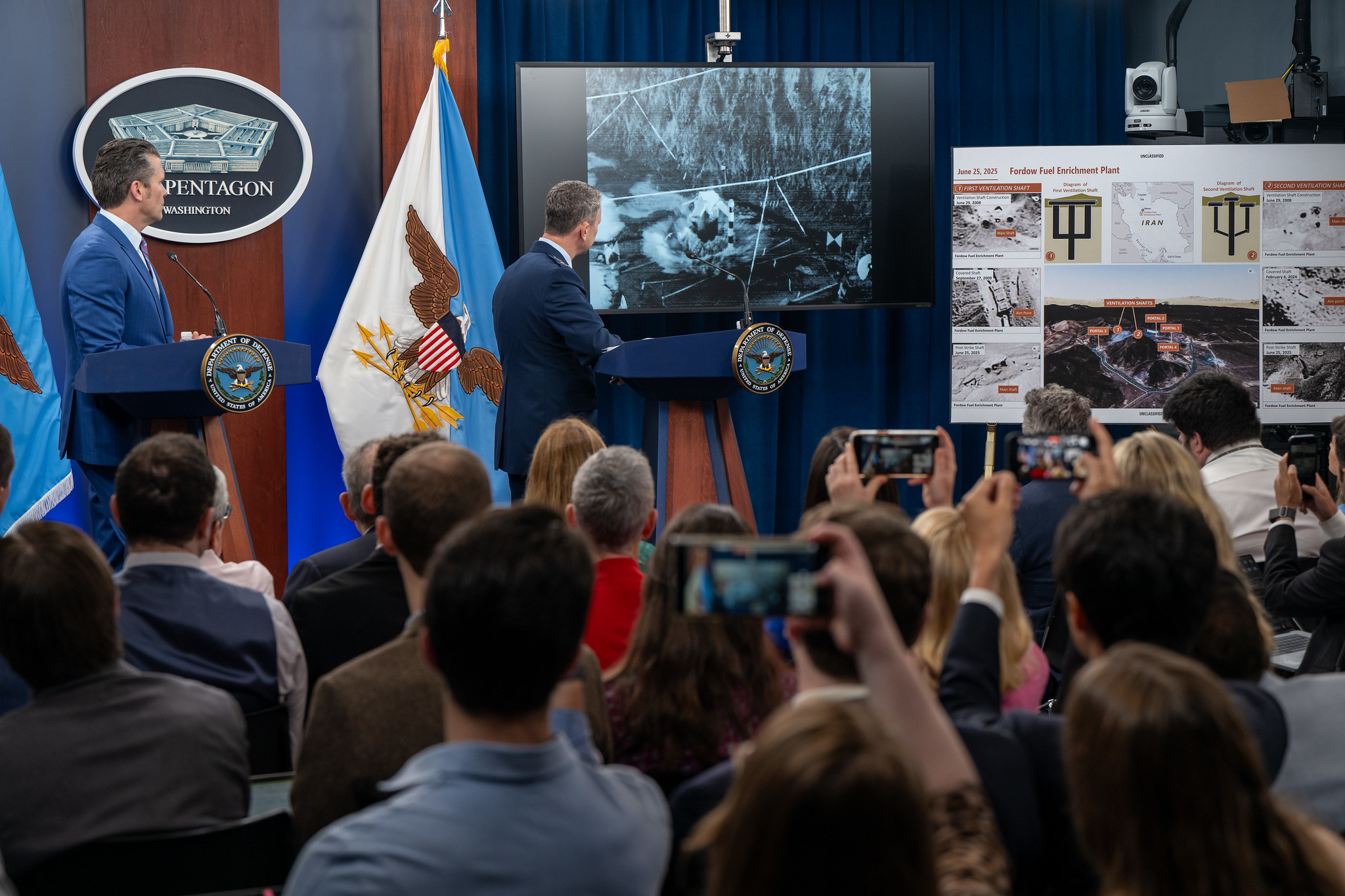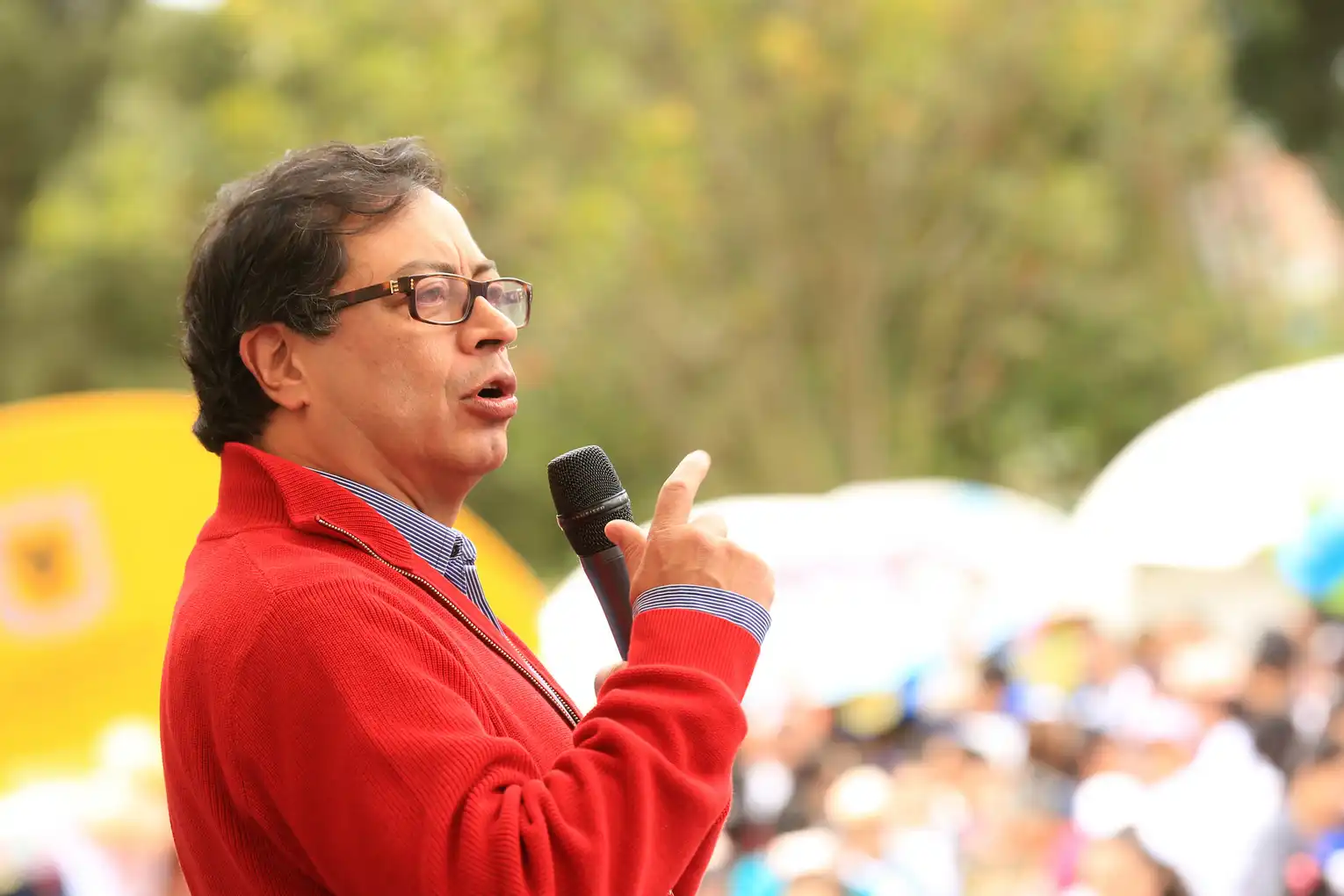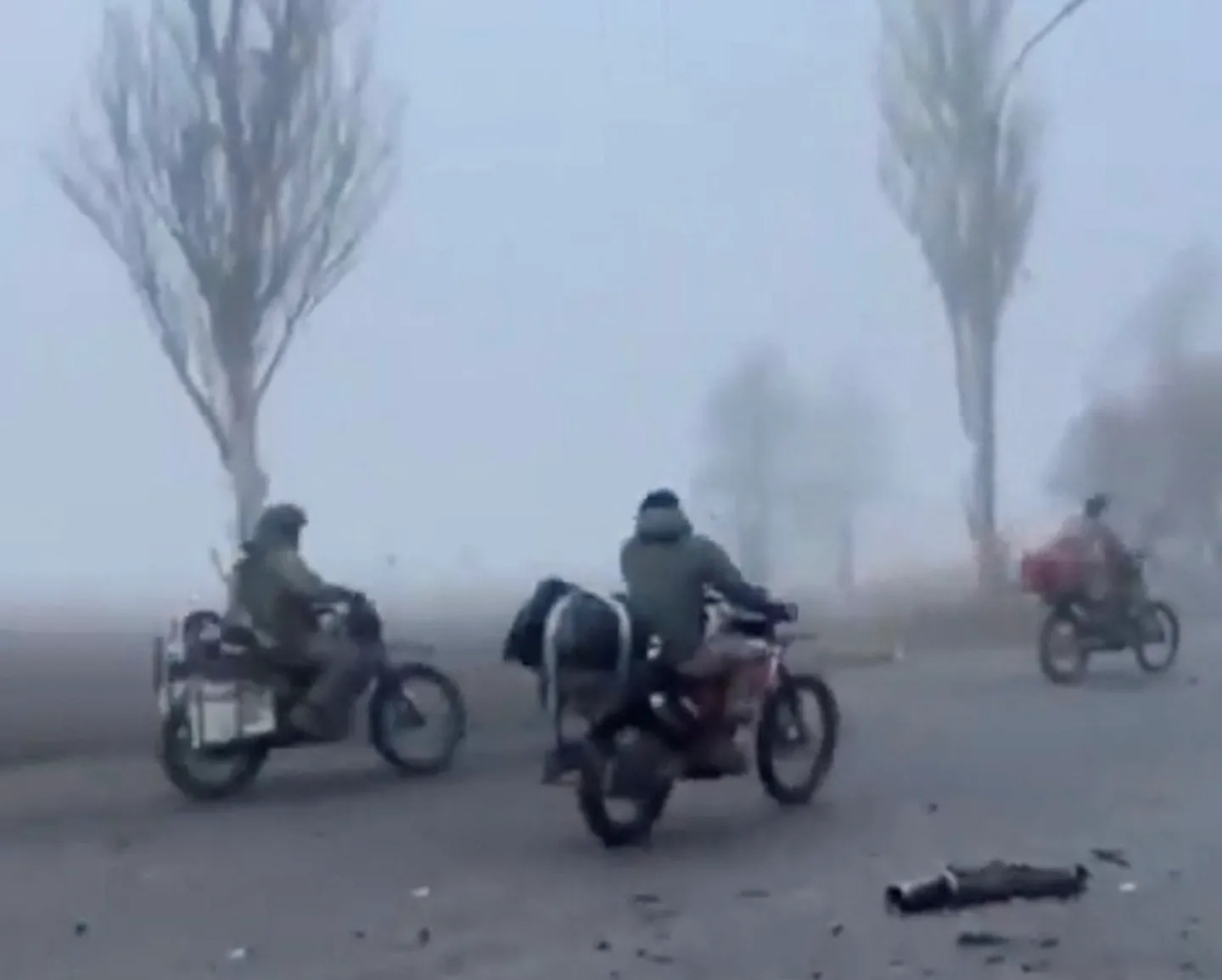According to “five current and former US officials familiar” with the latest intelligence assessment on Iran’s nuclear program, just one of the three sites bombed by the Trump Administration in late June is significantly damaged.
That one was Fordo. The other two, at Natanz and Isfahan, are believed to be recoverable within a 3-6 month time period.
The assessment comes after initial reports suggested that none of the three sites were completely destroyed, and that perhaps all might be setback a mere 3 to 6 months.
“Iran’s key enrichment facilities have been completely and totally obliterated,” said President Trump, after authorizing what he called “a spectacular military success” that targeted the three sites with B2 bombers armed with 30,000 lbs. GBU-57 “bunker buster” bombs designed to penetrate up to 80 meters of high-pressure concrete before detonation.
They had never been used in combat, but were designed to target Natanz and Fordo, which contain facilities buried deep under a mountain. In the case of Fordo, uranium enrichment would have been done under more than 50 meters of limestone, which can absorb impacts of 20,000 PSI—four-times as much as concrete—and dolomite, which can absorb 35,000 PSI of force. The bunker busters were dropped down a ventilation shaft which was believed to offer a crack in the facility’s limestone armor. For this, Fordo is believed to be multiple years away from recovery.
Isfahan and Natanz, NBC reports, are believed to be buried completely beyond the reach of the GBU-57s, and while they were nevertheless dropped at Natanz, they weren’t at Isfahan. Both sites had surface-level buildings struck with Tomahawk cruise missiles, enough to delay site operations for 3-6 months.
The new assessment also doesn’t believe the Iranians have attempted to rebuild any of the three sites, nor dig up some of the enriched uranium that is believed to be buried under rubble.
NBC reported that Israeli intelligence sources concur with that assessment, and believe that the threat of further strikes from Israel will prevent the Iranians from attempting to retrieve it. Iranian air defenses were substantially degraded during its 12 days of tit-for-tat strikes with Israel, and the Zionists believe Tehran would have little to no capacity to respond to such attacks.

Rebuilding
Tehran will indeed be frantically seeking to rebuild with lessons learned. While the intelligence assessment concluded they haven’t sought to rebuild the nuclear sites just yet, they have stated they will not enter negotiations with Washington over nuclear enrichment limitations.
On July 7th, Mid-East Eye reported that an unknown quantity of Chinese HQ-9 surface-to-air missiles had arrived in Iran as part of a deal believed to have been paid for in Iranian crude oil, according to unnamed Arab officials.
The stated objective of the Iranian nuclear program is to harness nuclear energy so the country can sell as much of its oil as possible. China is believed to import 90% of all Iranian crude oil produced annually, part of deepening economic ties which earlier this year were bolstered by a $400 billion, 25-year-long, co-development deal.
The HQ-9s may be seen then as investment protection, as Chinese support during the brief war against their new development partner was perhaps surprisingly limited. While the US shot down incoming Iranian missiles on behalf of Israel, China was neither positioned nor evidently willing to play a similar role.
While not cutting edge, the HQ-9s may have greater capabilities than similar weapons Iran relied on after Israel attacked the country. Iran is known to have had Russian-made S-300s, which have inferior homing capabilities compared with the HQ-9.
On the civilian front, Iranian Foreign Minister Abbas Araghchi has said he was impressed by the Trump Administration’s decisive diplomacy, but will not return to it under a “shadow of war”. Araghchi seems to be giving the Trump Administration an out, since officials in Washington came out and admitted that negotiations with Iran were in part to expose the regime to an Israeli sneak attack.
“Things were looking up, with a flurry of messages exchanged. But only 48 hours before a pivotal sixth meeting, Israel launched an unprovoked assault on my country,” he wrote in the Financial Times. “Iran signed a comprehensive nuclear deal with six countries in 2015, including the US, which Washington unilaterally abrogated three years later. And after agreeing to new negotiations in good faith, we have seen our good will reciprocated with an attack by two nuclear-armed militaries”.
Araghchi said that the talks must be built on “mutual respect” and cannot be undertaken when Donald Trump has announced there would be no problem with bombing Iran again should there be evidence that it is attempting to resume its nuclear activities.
The 2015 nuclear deal, known as the JCPOA, was signed by President Barack Obama, and included a clause that the Iranians could continue nuclear enrichment if the United States withdrew from the deal. It also included a clause that if the US were to renege and re-apply economic sanctions, European parties to the deal were supposed to create pathways for market access to Iranian businesses, circumventing the sanctions in effect. Europe reneged on this as well.
Witnessing what could only be described as a betrayal, Tehran began a tiered uranium enrichment process that was to accelerate the longer the US and Europe remained outside the bounds of the agreement. That was the status quo that saw Iranians reach mid-60 percent enrichment with their uranium in 2021—below weapons-grade, but far higher than medical-grade—and which held until Israel attacked the country. WaL
We Humbly Ask For Your Support—Follow the link here to see all the ways, monetary and non-monetary.
PICTURED ABOVE: Secretary of Defense Pete Hegseth and Chairman of the Joint Chiefs of Staff Gen. Dan Caine conduct a press briefing at the Pentagon. PC: Kashif Basharat, Department of Defense.



